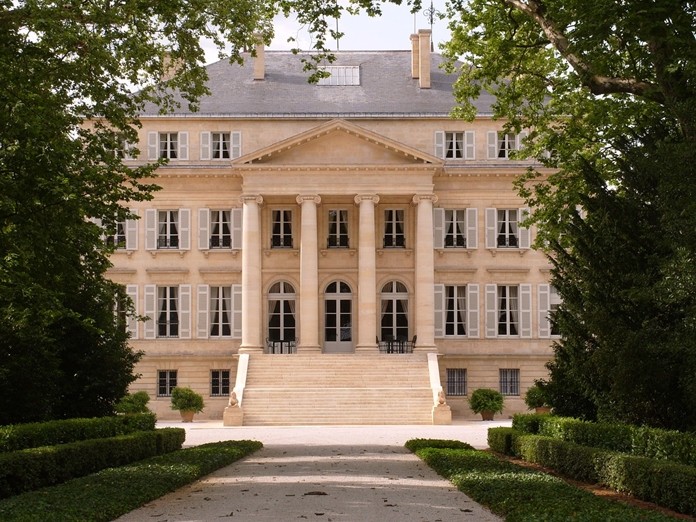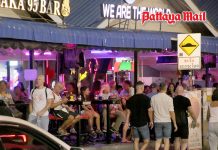
If you mention the name “Bordeaux” to wine lovers, don’t be surprised if their eyes glaze over and their salivary glands get to work like those of Pavlov’s slobbering dogs. Because you see, for wine enthusiasts Bordeaux is rather special. Any red wine from the Bordeaux region used to be called “claret” in Britain, regardless of its origin or pedigree. The British have used this word for the last three hundred years yet today it’s unknown in France. It’s always pronounced “cla-rett” and never, as some nitwit once told me, “cla-ray”. I suppose the word will eventually join the mausoleum of other defunct but delightful English words along with hobgoblin, postilion, whirligig and quagswagging, which in case you’re wondering, means shaking something to and fro. My parents always used to speak of “listening to the wireless” and avoided the word “radio” as though it was slightly vulgar. Future generations will probably regard anyone who talks about “the wireless” as faintly dotty if not actually barking mad.
So what can I tell you about Bordeaux that you don’t already know? Well, Bordeaux is in France. Of course, you knew that. Even my dogs know that. I suppose Pavlov’s dogs knew that too. Furthermore, Bordeaux is almost half way between the North Pole and the Equator. To be more precise, it’s two-thirds of the way down France’s Atlantic coast and the city of Bordeaux lies on the 44th parallel along with Minneapolis and Montreal.
The Atlantic Ocean and the rivers Gironde and Dordogne, together with the warming effect of the Gulf Stream have a significant impact the climate of Bordeaux. The name itself is a contraction of the French expression au bord de l’eau which translates roughly as “next to the waters”. They’ve been making wine there since the 8th century and today this region of 400 square miles is home to ten thousand wine producers. Bordeaux wine is available at all levels of quality and price. The prices of top quality Bordeaux wine vary from year to year depending on the weather and therefore the quality of the vintage. For example, the years 1961, 1982, 1990, 2000 and 2009 produced superb wine while the 1991 and 1992 vintages were a complete washout.
We can’t talk about Bordeaux wine without mentioning the so-called 1855 Classification. It was created at the request of Napoleon III (the eponymous nephew of the famous one) who wanted to showcase Bordeaux wine at the 1855 Paris World Exhibition. Local experts ranked what they considered the Top Sixty reds of the Gironde region of Bordeaux in order of importance from first growths (or cru) to fifth growths. Surprisingly, the classification still holds today with only a few minor changes. Every wine professional knows this list of Grands Crus by heart. The five chateau named among the First Growths (Premiers Crus) include such illustrious names as Château Lafite Rothschild, Château Latour and Château Margaux which together produce some of the finest red wines in the world. When aged, they develop into sensational wines, each with its unique character.
They don’t come cheap. For example, the UK price of a bottle of the year 2000 Ch. Latour is the equivalent of 39,000 baht and a bottle of Ch. Mouton Rothschild of the same year will set you back 88,000 baht. You can double these prices for Thailand. But because of the enormous world-wide demand, you would be hard-pressed to find any grand cru wines in this country except at the most exclusive places.
However, you don’t need to sell the family car (or the family) to buy a bottle of Bordeaux. The annual output is about 900 million bottles and apart from that tiny minority of grand cru wines, many of them are entry-level wines intended for everyday drinking and labeled either Bordeaux AOC (Appellation d’origine contrôlée) or Bordeaux Supérieur. The Bordeaux locals drink little else. You can easily find this style of wine in Thailand and the online companies Wine-Now.Asia and Wine Connection stock a decent selection of everyday Bordeaux starting at under Bt 1,000.
If you’ve never tasted Bordeaux, you might be wondering what to expect. Well, the signature grapes of Bordeaux are always Cabernet Sauvignon or Merlot. Many winemakers use a blend of these two grapes and nothing else. Sometimes other grapes are added to improve the blend, notably Cabernet Franc, Petit Verdot and Malbec. Good ordinary Bordeaux tends to be dry and firm-bodied with aromas of plum and blackcurrant. It’s restrained in style and is usually high in tannins giving it a firm structure. Sometimes there are touches of spice and hints of soft fruit but these are always subtle and the polar opposite to some of the Cabernet Sauvignon fruit bombs from Australia.
Many entry-level Bordeaux wines are labeled Château something-or-other giving the impression of a stately home surrounded by immaculate gardens and vineyards. This is merely a marketing ploy. A wine company can legally sell identical wines under different and totally fictitious châteaux names. It’s estimated that there are ten thousand château names in use today. The wine in a bottle of cheap Bordeaux may be perfectly good, but the picturesque château shown on the label probably doesn’t exist.
 |
 |
 |





